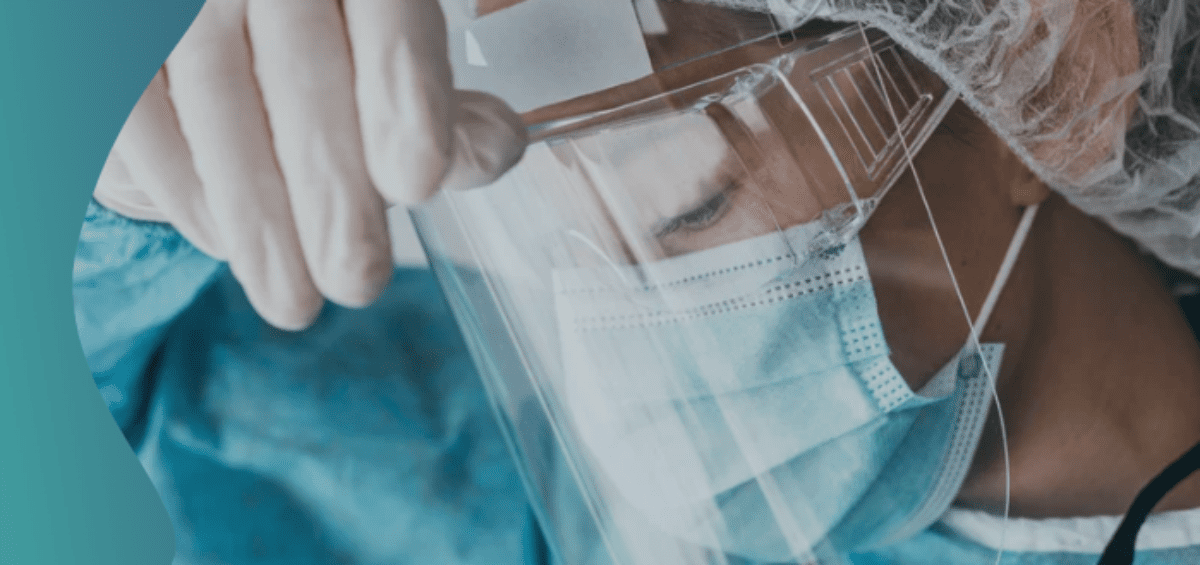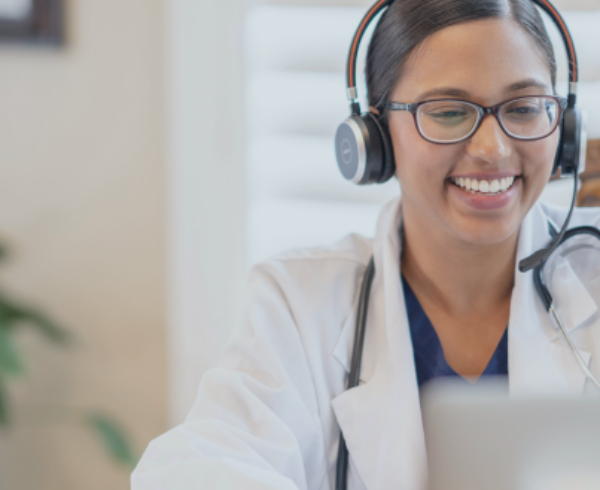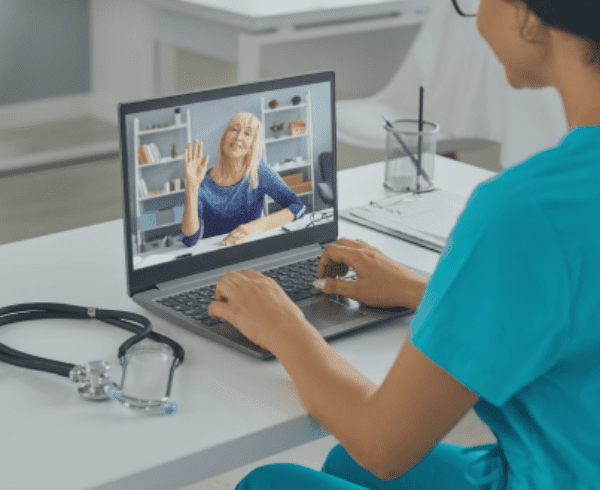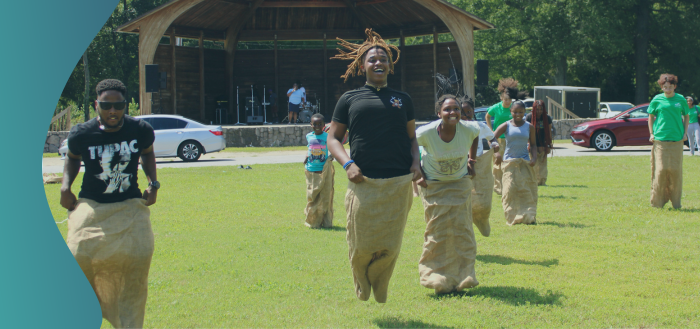May 20, 2020
Public Health Seattle & King County was an early responder to the COVID-19 pandemic, located at the heart of one of our nation’s first coronavirus hot spots. Since the first positive case was reported in Washington, the health department has leveraged its diverse communications channels and worked with OCHIN to rapidly deploy new tools for providing and documenting care, as well as surveillance reporting, to help flatten the curve in the Pacific Northwest, while engaging and supporting underserved communities.
Diversifying Community Outreach and Engagement
When COVID-19 arrived in Washington state in January, Public Health Seattle & King County quickly mobilized its response, conducting contact tracing and tracking travelers coming through the Seattle-Tacoma International Airport. By early February, many across the department were activated, including the Communicable Disease & Immunization Section and the Communications Unit. So, when the first case of local community spread was reported, the agency was able to initiate extensive public outreach right out of the gate.
“It was clearly the most extensive and challenging response in which we’ve ever engaged,” Public Information Officer Hilary Karasz said.
In a highly diverse metro area of 2.2 million residents who speak more than 100 languages, providing clear and consistent information to alert the community about how to stay safe and informed throughout the crisis has been essential. The public health department leverages multiple communications channels, such as its website, blog, social media, and press releases to keep the public informed. As a result, these media channels have grown considerably in recent months—their blog has had nearly 1.5 million views since January and their Facebook audience has increased from around 9,000 followers to 31,000 followers. Many of its public communications materials are also translated into dozens of languages to ensure that essential health and safety information is accessible to everyone. This steady drumbeat of essential information includes everything from COVID-19 signs and symptoms, to explanations for the governor’s stay at home order, and updates on the potential timeline for re-opening. Public engagement and response around mitigation and recovery have also been coordinated with community-based organizations to effectively address things like housing and business operations with active community input, laying the groundwork for better engagement of underserved communities in future planning.
“I think this sort of formal way that we have to gather community input is going to be a really critical piece of rebuilding community after this is all over,” Karasz said.
Using Technology to Care for Complex and Underserved Patients
Due to the scarcity of testing and personal protective equipment, King County’s priority since the beginning of its response has been minimizing the spread of the virus in three of the most high-risk populations: health care workers, those living in long-term care facilities, and people experiencing homelessness.
To de-intensify crowded shelters, the county bought a motel and established other sites for isolation and quarantine, as well as for assessment and recovery. The county also partnered with OCHIN to rapidly deploy the OCHIN Epic EHR platform into these new field sites and overflow centers, which are especially designed to care for ill patients who are not severe enough for hospitalization, but who have no place else to go. The new EHR integration and accompanying workflows ensure that patients receive the best possible care by enabling providers to effectively manage intake, assessment, bed assignments, care, and discharge just like in a traditional hospital setting.
“[OCHIN] gave us the best functionality and made it as simple as possible, which is not easy to do when you’re fielding inpatient life functionality,” said King County Compliance Officer Kristi Korolak. “I think we were forward thinking bringing [these sites] up on Epic, because as our clinical care needs evolved it just put us way more forward. Given the scope and magnitude of this disease, easily sharing information for treatment and patient access to records is such an upstream improvement. It was the right decision.”
Korolak also said she appreciates the enhanced Epic functionality OCHIN continues to roll out. King County will be piloting a COVID Express Lane for its walk-up mobile testing clinic and teams that are going out into communities for testing.
“We’re piloting bringing them up on Epic in ways we never would have imagined,” Korolak said, “and that COVID Express Lane is going to be really helpful and quick we think.”
Additionally, the fact that OCHIN already had integrated virtual care built and ready to go was a huge advantage.
“Having billable telephone visits and then integrated Zoom for health care allows us to continue to provide care to the most vulnerable, while keeping them safe and helping our clinical staff have social distancing as well due to lack of PPE,” Korolak said.
Looking Beyond the Pandemic
The public health department intends to use the lessons learned and strategies deployed for COVID-19 to improve care for their community after the pandemic. While Seattle and surrounding communities have seen a flattening of their curve of infection rates, Karasz says King County isn’t out of the woods yet and is expecting a second or even third wave as people lessen social distancing. Additionally, racial and ethnic minorities continue to get sick at much higher rates nationwide. This inequity is an ongoing concern for King County, particularly as people start going back to work.
“We have a lot of folks who live in multi-generational homes, and we know that in-home transmission is a place where a lot of people are getting sick,” Karasz explained. “So, in the long run, I think that’s going to be a challenge that we’re going to have to figure out.”
From a technology perspective, Korolak sees an opportunity to build on its emergency field deployment with OCHIN and further enhance inpatient functionality and expand virtual care services, toward a long-term transformation of local health care delivery.
“I think if the health care industry continues to allow us to bill for services, there are some really good opportunities to meet people where they are,” she said.













